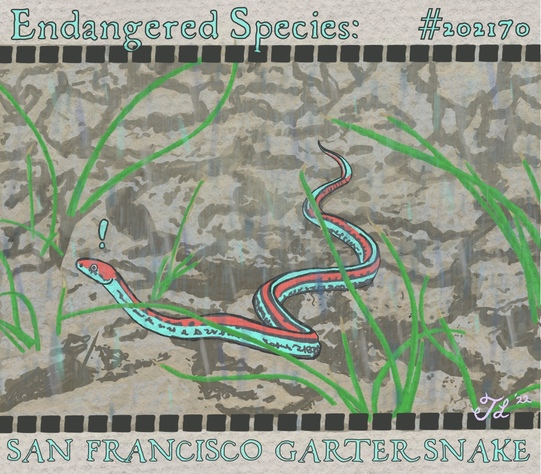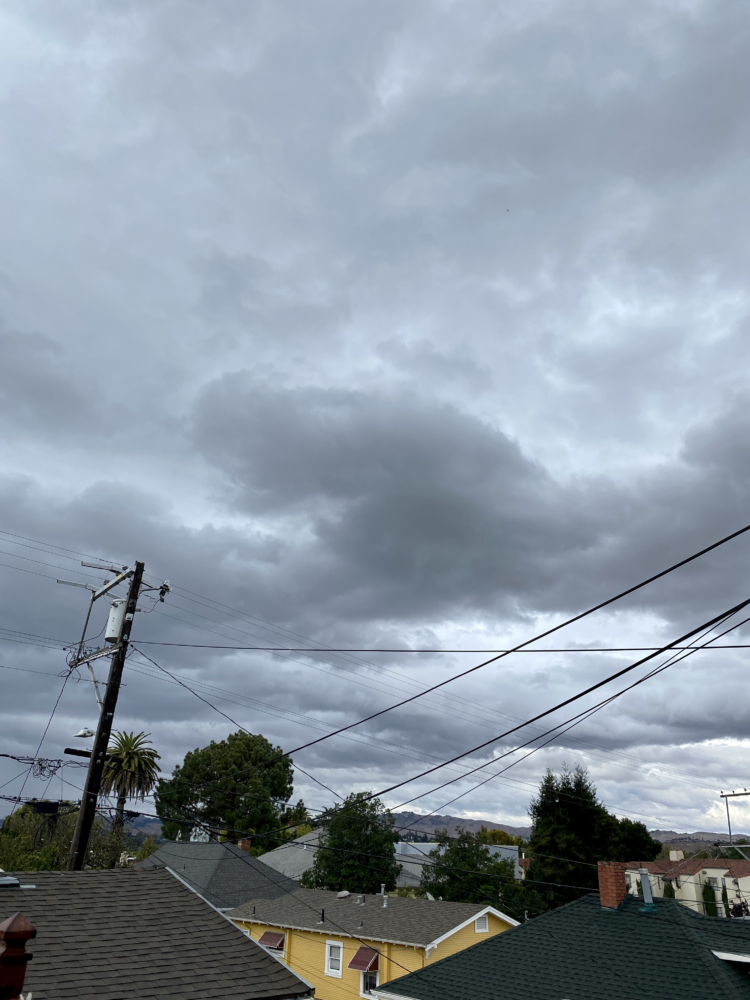Northern California Sees Late Summer Storm: A Mixed Blessing for Dry Bay Area
By Tyler Lyn Sorrow
Northern California’s Bay Area received upwards of three inches of rain on Sunday, which was a relief after months of particularly dry summer days. Benefits of a late summer storm far outweigh the negatives; but the negative side effects can be dangerous. While our wetlands have received necessary precipitation, rescue workers are exposed to an increased risk of injury.

Gerry Diaz, newsroom meteorologist at The San Francisco Chronicle, reported on where the rain actually fell, “Downtown San Francisco weather station only wound up with about 0.33 inches of rain.” He went on to say, “Down 66%…0.33 inches of rain places this September at just over two times the average for the month.” That is a hefty jump even if the City by the Bay anticipated more.



The Bay Area plays host to a diverse wildlife population, some of which are endangered and cannot be found anywhere else in the world. Native species like the endangered San Francisco Garter Snake, frequently called America’s most beautiful snake, have been soaking in the benefits a late summer storm brought to the drought season. The snake lives in the wetlands found in the Bay Area. The U.S. Fish and Wildlife Service lists drought and saltwater intrusion as ongoing threats to survival.

Mammals like the Tule Elk, which were brought back from certain extinction by conservators, will also be enjoying the rewards rain brings to the wetlands. The Tule Elk is named for the fauna it feeds on near marshlands. The California Department of Fish and Wildlife’s website stated that journals from the early 1800s place population estimates around the 500,000 mark, but trappers and hunters decimated their numbers. Previously believed to be extinct, a single breeding pair found in the wild has brought this species back to the Bay Area.
While the fire season is still raging, the downpour helps and harms rescue efforts. It aids the effort in taming wildfires, but it also creates hidden dangers. A sudden downpour in an area with charred vegetation and loosened soil creates a treacherous terrain for rescue workers. Landslides pose a significant risk to civilians, first responders and rescue workers in an already strained environment.
If you have the good fortune to see either the Tule Elk or San Francisco Garter Snake in the wild do not approach them: they are an elk and snake, respectively. The San Francisco Garter Snake is particularly at risk because of its disappearing habitat, animal trafficking and climate change. The extra rain is a good thing, but please use caution when pursuing outdoor activities after an unexpected soaking.
